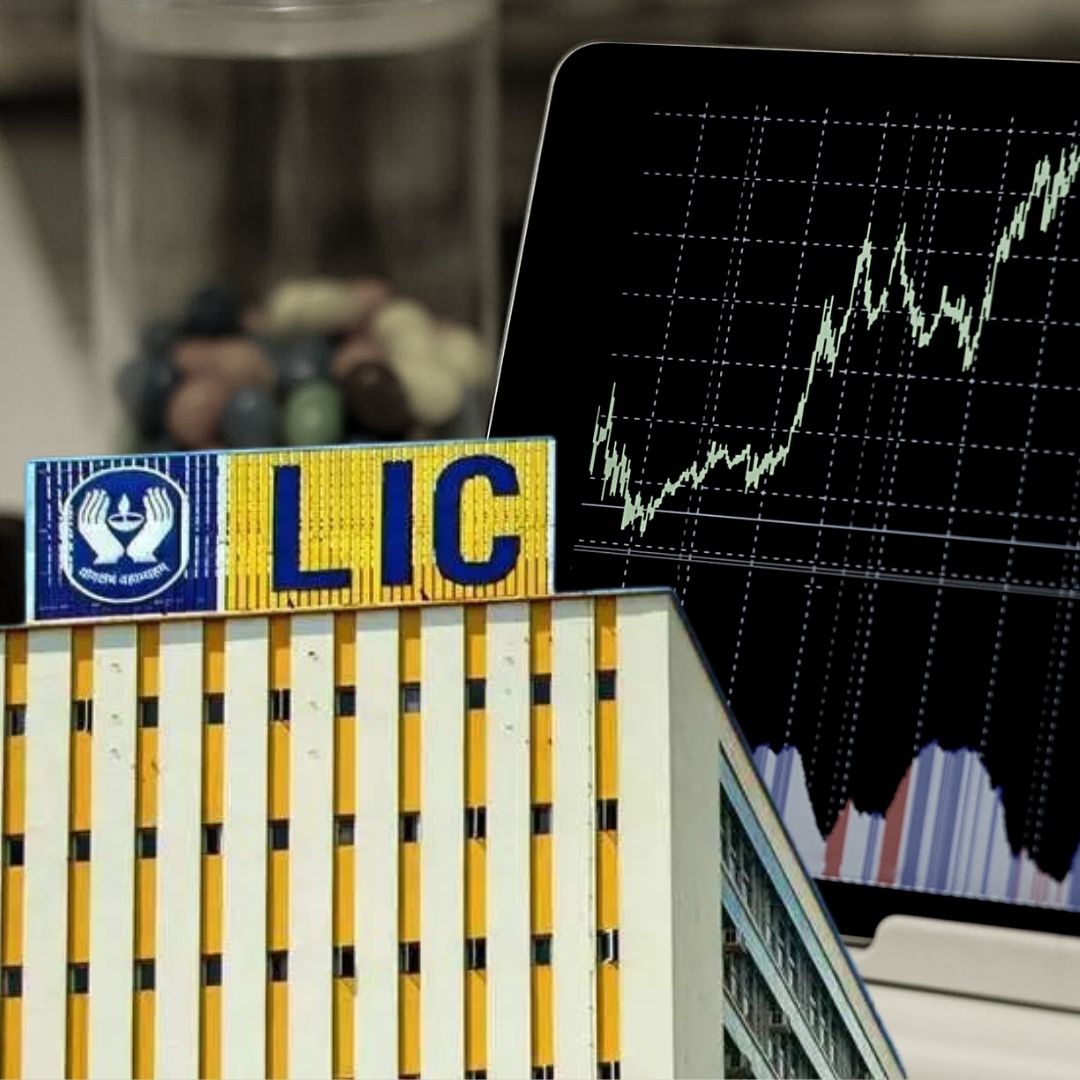
Image Credit: liconline.in, Pexels
With 31.62 Crore Equity Shares, Here's Why Government's Mega-IPO Attracts Eyeballs
Writer: Ratika Rana
Her primary objective is to inform, promote, educate and cultivate readers through writing.
India, 14 Feb 2022 11:56 AM GMT
Editor : Ankita Singh |
A literature lover who likes delving deeper into a wide range of societal issues and expresses her opinions about the same. Keeps looking for best-read recommendations while enjoying her coffee and tea.
Creatives : Ratika Rana
Her primary objective is to inform, promote, educate and cultivate readers through writing.
The initial public offering of Life Insurance Corporation works out to five per cent of the total capital of 632.49 crore shares with the government retaining the remaining 95 per cent.
The government's decision to launch the initial public offering (IPO) of 31.62 equity shares of the Life Insurance Corporation (LIC) comes when the Indian stock market is experiencing high volatility. Foreign investors are pulling their money out; however, a solid policyholder base of LIC is likely to help it sail during tough times. The 31.62 equity shares comprise 5 per cent of the total of 632.49 crore shares with LIC, and the government would retain the remaining 95 percent stake. The statutory corporation said that the corporation would pay no part of the proceeds from the IPO to key managerial personnel or directors.
Massive Boost In Revenues
After the Securities and Exchange Board of India (SEBI), the IPO is expected to conclude by March 2022. After the procedure is complete, the government would be entitled to all offer proceeds, post the deduction of offer expenses and relevant taxes. The government is expected to mop up ₹ 50,000 crore to ₹1 lakh crores from the IPO, depending upon the offer price of the shares, The Indian Express reported. Thus, the government would receive a massive boost in revenues and would help bring down its deficit.
Mega Issue With LIC IPO
While the government's decision of opening the IPO for LIC is a step towards its ₹ 78,000 crore disinvestment plan, the biggest challenge facing it is the market's acceptance of the mega issue. Equity markets are under pressure because of the increase in inflation, and central banks worldwide are looking forward to raising interest rates. If central banks of developed countries impose higher interest rates, investors would pull out their money, especially from emerging markets, and place it in US Treasury bonds. In such a scenario, the government might not squeeze out a higher value, and thus, might have to settle for the low prices.
Also Read: Unjust And Unfair: Three-Fourths Of India's Prison Population Hasn't Faced Trials
 All section
All section














